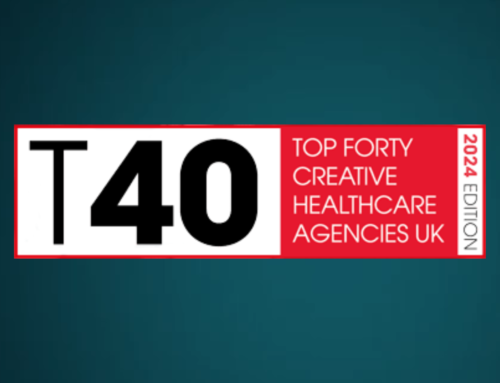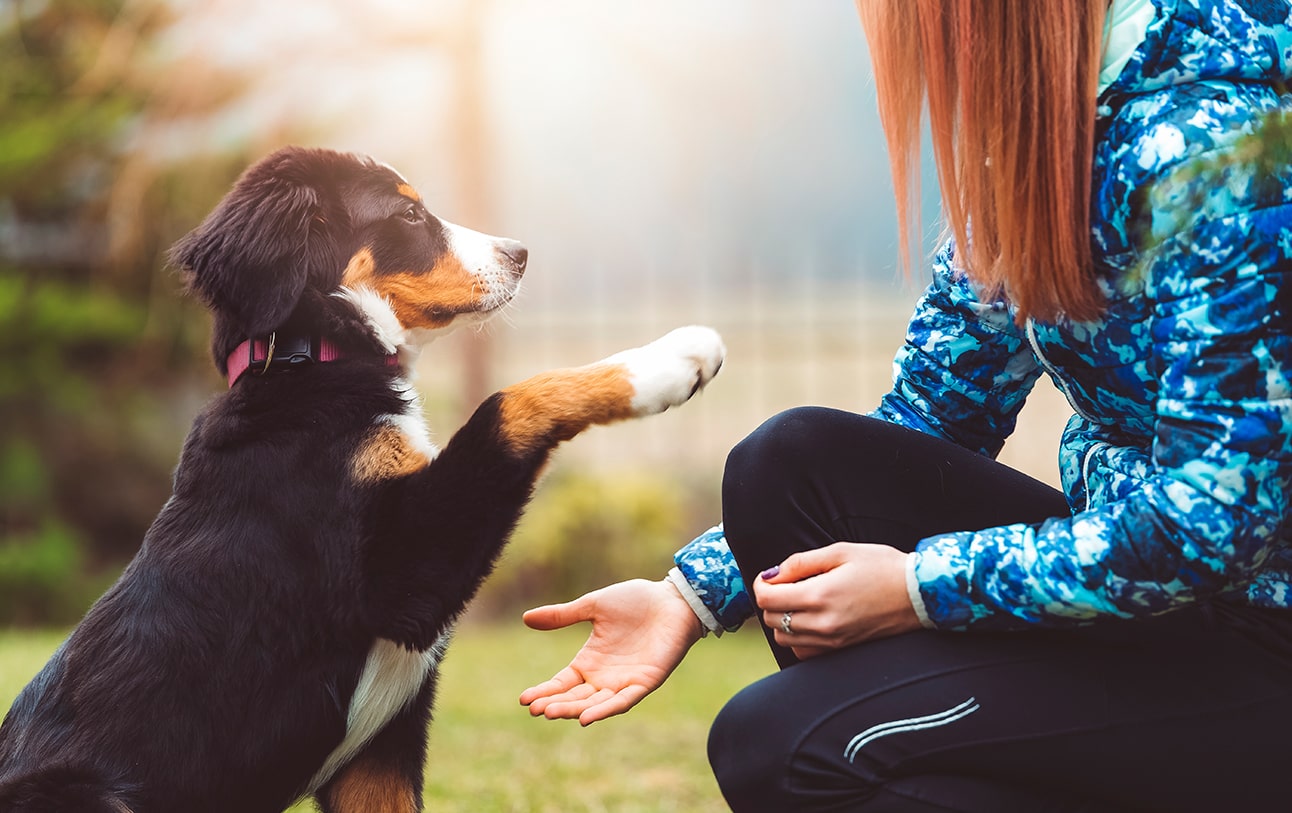
During the first lockdown of 2020, we published a blog outlining the main concerns facing the animal health industry at the time and what that meant for marketers.
In our latest blog, we share our observations on where the animal health industry stands one year later; we give our insights into what new trends are emerging and how this is likely to influence future marketing strategies, now that we have a better idea of the impact lockdowns and restrictions have on businesses and consumers.
A quick recap
Last April, lockdown restrictions meant that non-essential businesses had to close and for those that remained open, social contact had to be limited. This meant that while veterinary surgeries were open, waiting rooms could not be used, with vets having to communicate with owners outdoors instead of inside the practice, defer non-essential appointments, and discourage owners from visiting their practices unless absolutely necessary. 1
While at the time, few of us would have predicted similar restrictions to be in place a year later, at the time of writing, veterinary practices are still operating in a similar manner – meaning that marketers have had to create engaging campaigns tailored to this challenging set of circumstances.
In the Spring of 2020, concerns around society locking down resulted in waves of panic buying. For those in the livestock industry, this led to a great degree of uncertainty around future levels of both supply and demand. This uncertainty was intensified by the closure of the hospitality industry and in the months that followed, constant changes to restrictions on whether food outlets were allowed to open and in what capacity.
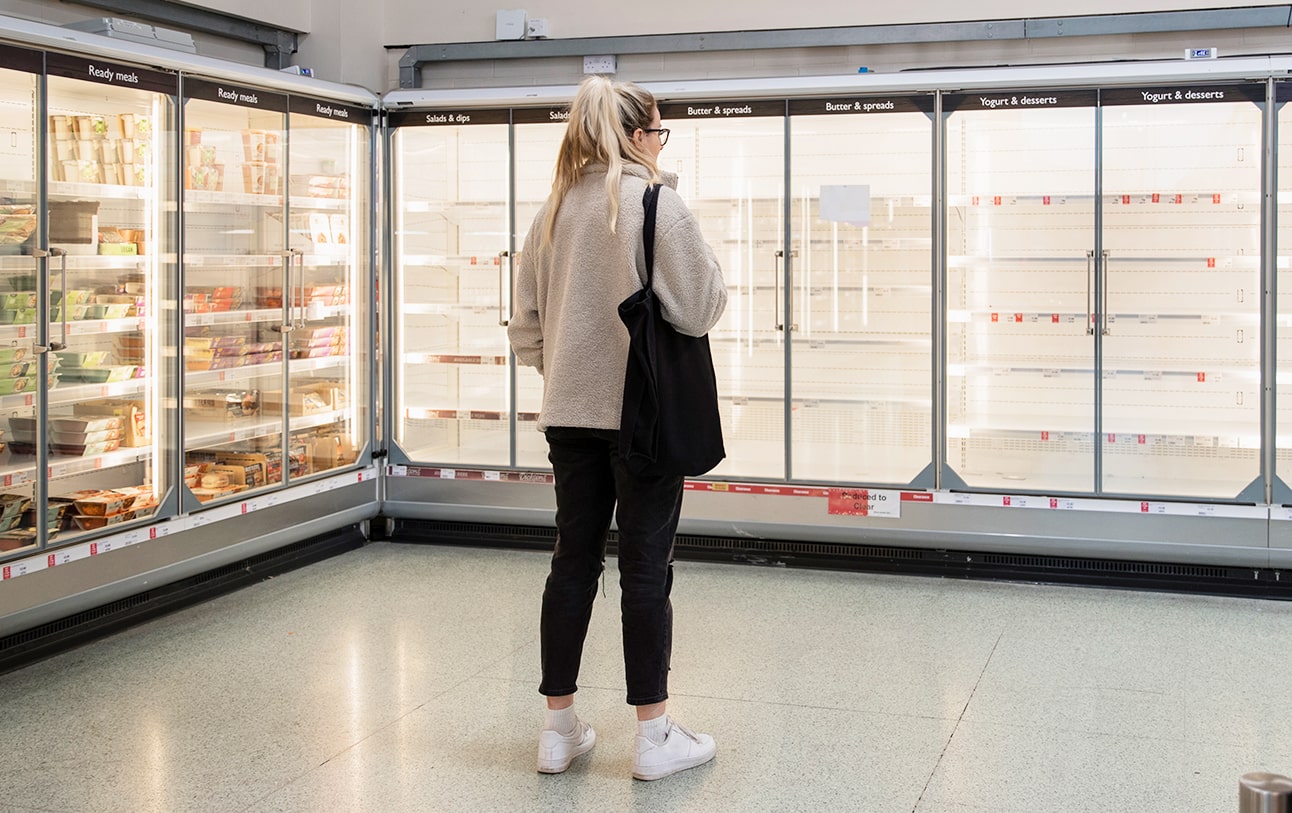
How we adapted
Like many industries, there was a digital transformation within veterinary services to fill the gap in contact between vets and their owner clients, with waiting rooms replaced by the practice Facebook page, so relationships with owners could continue to be nurtured and disease awareness campaigns shared.
As with human healthcare, we saw a huge drive toward implementing telehealth (the use of virtual communication strategies to provide remote healthcare). While this practice has been on the cards for a while, the pandemic has fast-tracked this process, by increasing the need of owners to talk to their vet remotely. While there are limits to telehealth, it has been useful for providing owners with access to general healthcare advice and triage assessments within their own homes. 2 One such platform introduced was the Video Vets Now platform, which has already begun to lighten the workload of face-to-face consultations.
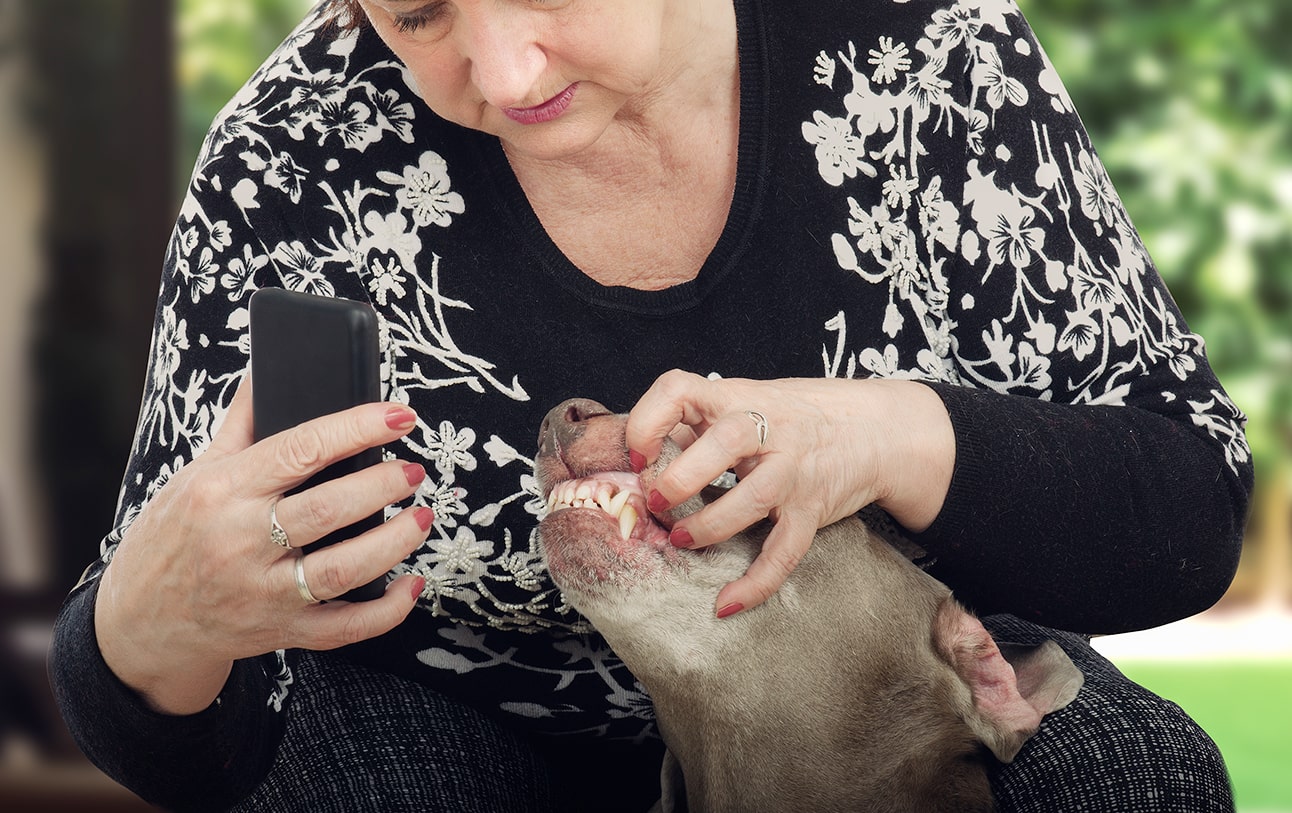
Which new trends have emerged?
Since our last update in April 2020, there have been some significant changes. Back then, vets were just starting to get used to the distancing restrictions and lack of waiting room use, and with more time at home, the average family was spending more on pet supplies for their companion animals. 3 Here are some of the trends that have emerged since:
A pet adoption boom
During the first lockdown, the rise of home-working and extra time spent outdoors meant that pet ownership became feasible for a whole new group of families. This meant that when lockdown was lifted in the summer, the demand for pets skyrocketed.
However, concerns have been raised that some owners may have rushed into buying their pet, with a survey carried out by The Kennel Club revealing that around 1 in 4 new owners bought their puppy during the pandemic with little research in advance. 4
A new generation of pet owners
Alongside the increasing workload vets are faced with, this rise in pet ownership has also had an impact on their client base, with a larger number of first-time pet owners seeking the services of their local veterinary practices.
A greater proportion of pet owners are now from the millennial generation. While this is not a new trend, it has also been accelerated by the pandemic, with the new wave of first-time pet owners likely to have different needs to their predecessors. This signals that it’s time to alter some of our marketing practices to fit this new audience.
A return of product shortages
Although the panic buying has subsided, new product shortages have emerged. This time, cat and dog food pouches are in low supply – in part due to an increased demand through the rising number of pet owners, causing a shake-up in usually product-loyal customers. Could this be one of the first effects we are going to see in response to the growing pet population?
An increased fear of disease in animals
With COVID-19 theorised to have evolved in a bat host before making the cross-species jump to humans, 5 the spotlight is now on zoonotic diseases. From the recent bird flu scare 6 to the culling of 17 million mink in Denmark to stop the spread of a concerning coronavirus variant, 7 the past year has reinforced the importance of animal health and disease surveillance.
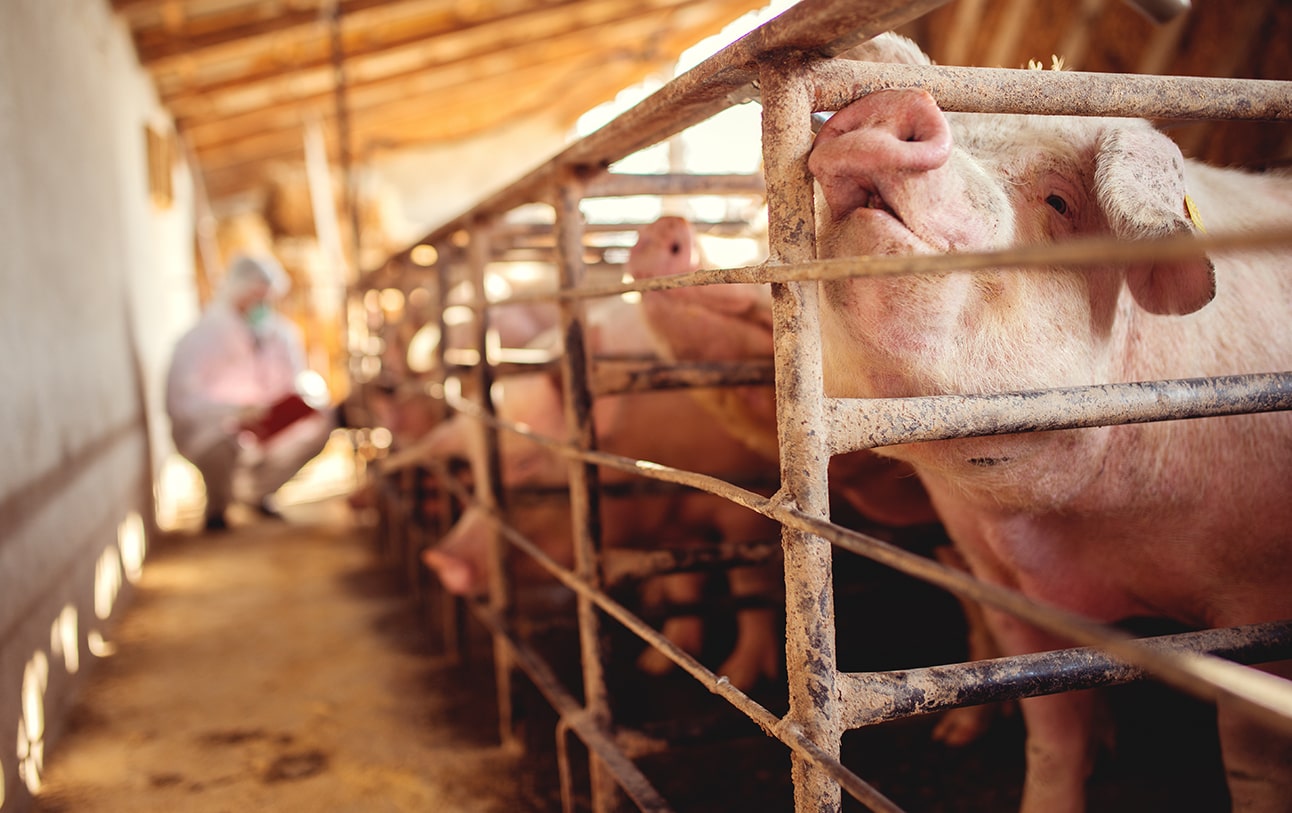
What are the key challenges within the animal health industry?
In response to their increased workload and the fact that vets have been working throughout the pandemic (their failure to be acknowledged as key workers being a particular sore-point), we are now seeing reports of vets struggling with burnout and high stress levels. 8 As well as the emotional impact, this means that those working in animal health are becoming increasingly time-poor.
Practices are also going to require resources that allow them to support this new population of pet owners at the beginning of their journey in order to minimise behavioural or health problems further down the line.
In line with current social distancing practices, interaction with either the new cohort of owners or existing clients is going to happen outside of the waiting room. It is likely that much of this will be achieved virtually or is still happening outside in difficult environments like the wet and windy car park or pavement outside the practice.
Where does this leave marketers?
This year, alternative digital materials will still be a vital resource for vets and, as in human healthcare, they are likely to remain even after restrictions are lifted. With veterinary practices investing more efforts in social media, there is now a greater need to consider marketing campaigns that chime with this channel.
Disease awareness campaigns are also likely to be a strong feature within this next year, for both livestock and companion animals. For companion animals, this could include educational materials advising owners on important areas of pet care that may have been overlooked when initially researching their new pet. Hopefully, this will help to lessen the responsibility of vets to educate owners in these areas directly.
The rise in millennial and Gen Z pet owners undoubtedly signifies a shift in target audience towards an age group who grew up in a time of rapid technological change and who are known to interact with brands in a very different way than previous generations.
To find out more about how to tailor your campaigns to a more digitally demanding audience, read our blog post on ‘marketing to millennials‘.
Or visit our blog for more insights into digital healthcare, marketing best practice and much more.


